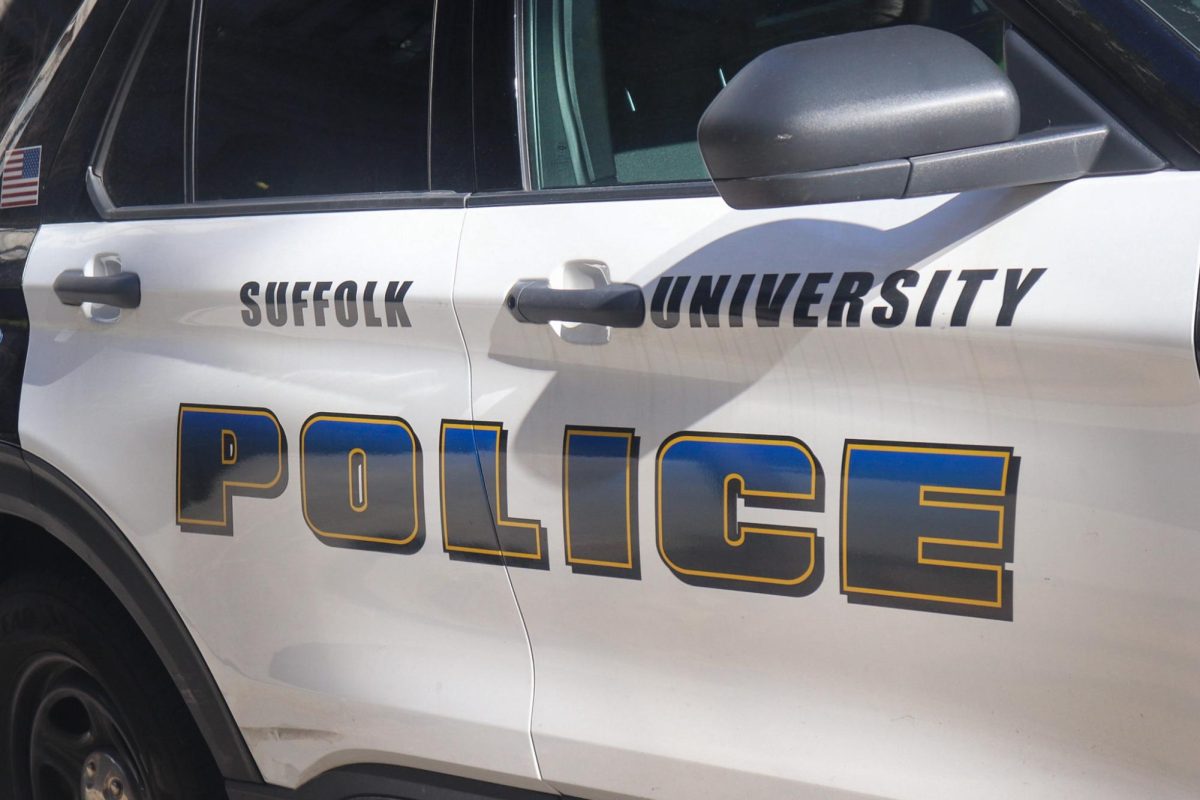It may seem shocking to think about: a safe place where individuals can use drugs legally, under the supervision of professional medical staff.
Supervised injection services (SIS) are facilities where someone is allowed to bring illegal drugs that they have obtained themselves to inject under the watch of staff that are trained to help in the instance of a fatal overdose.
There are so many positives and negatives of safe injection sites, therefore it’s not likely that Massachusetts, or the United States in general, will see the opening of any facilities any time soon. Despite the ongoing opioid epidemic, the idea of allowing individuals to do illegal drugs in a legal setting is unsettling to the public.
With the opioid epidemic being of great importance in Gov. Charlie Baker’s last campaign, he credited two major laws he passed in Massachusetts. There is the 2016 law which limited first-time opioid prescriptions to only seven days, as well as the Step Act, a law passed in 2017 which mandated participation in the Prescription Drug Monitoring Program. The Center for Disease Control reported that Massachusetts saw an 8 percent decrease in overdose deaths in 2017, therefore some progress has been made.
Not enough progress though. While SIS have been accused of fostering more drug use, evidence largely shows they reduce harm to users by providing clean needles and medical staff that can intervene in the case of an overdose.
Currently there are at least 100 supervised injection sites open, mainly in Europe, Canada and Australia according to NPR. None exist in the United States, despite attempts from cities like Seattle, Philadelphia, Baltimore, San Francisco and New York to establish such facilities. They have mainly not succeeded due to the Justice Department’s threats to take legal action, according to the Harvard Political Review.
Safe injection sites have been operating in Europe for the last three decades, according to The European Monitoring Centre for Drugs and Drug Addiction (EMCDDA). Evidence from their 2017 article titled “Perspectives on Drugs: Drug consumption rooms: an overview of provision and evidence,” shows that SIS revealed “self-reported reductions in injecting risk behavior such as syringe sharing.” As a result, this reduced the risk of HIV transmission and overdose deaths for patients.
With opioid related deaths in Massachusetts at over twice the national rate, a solution is well overdue. Despite Baker’s reluctance, safe injection sites pose a potential breakthrough in a rapidly worsening crisis.
In the first nine months of 2018, there were over 1,200 confirmed opioid-related overdose deaths. With limited data available for 2019 so far, it’s unlikely that the death toll will slow, according to Mass.gov.
Sites in other countries have helped reduce overdose deaths and rates of infectious disease while getting more people treatment to reduce their drug use, according to The American Medical Association. However, any previous attempts to establish safe injection sites in Massachusetts have been nixed by Baker.
In an interview with The Boston Globe in July of 2018, Baker said, “The evidence is clear that sanctioning heroin injection facilities does not reduce overdose deaths and these facilities are not a responsible tool to combat the opioid epidemic.”
The opioid crisis cannot and will not be solved overnight. People will find a way to use drugs no matter what laws exist. While it seems jarring to encourage drug use, SIS appear to be a good first step in eliminating fatal overdoses. By allowing spaces that foster clean and guided drug use, it opens up other ways of helping reduce massive drug abuse in the long run.
Since the opening of any sites has been denied in interested cities, it’s unclear exactly how they would operate in the United States. Any discussion regarding the establishment of SIS has received backlash from the public, due to the important question: Who’s going to pay for it?
While taxpayers may not love the idea of their hard-earned money funding a site of opioid drug use, the success of safe injection sites in other countries proves they are a step in the right direction. SIS allow medical professionals the ability to reach and maintain contact with high-risk drug users who may not be so willing to quit, and offer comprehensive treatment, says the EMCDDA.
By reducing the risk of the spread of disease and fatal overdoses, while also fostering access to addiction treatment, the wider health and public order benefits outweigh any potential drawbacks of supervised injection sites.















